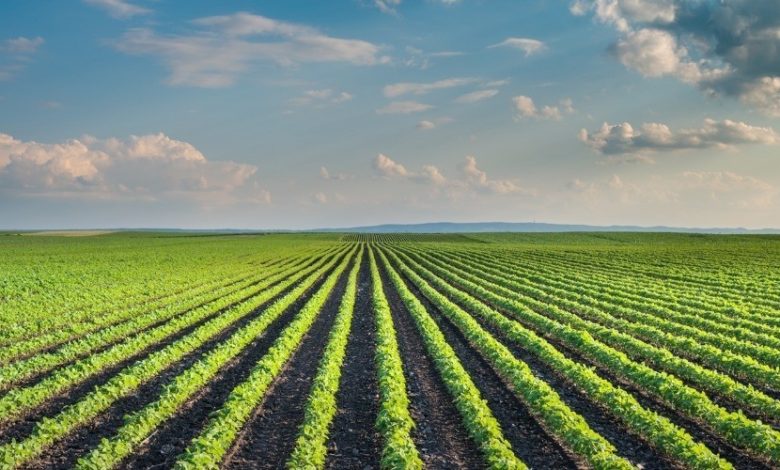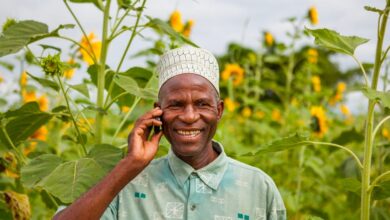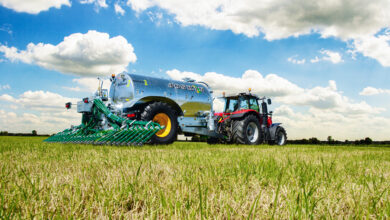Agriculture lifts, but not enough to buoy a weak economy

Agriculture is the shining light in an economic sky that is otherwise very dark over South Africa, managing growth of 15.1% in the second quarter of 2020. It is the only sector to grow amid the covid-19 lockdown damage that crushed the overall economy down by 16.4% quarter-on-quarter.
According to GDP figures released by Stats SA on Tuesday (8 September), the economic contraction adds up to a shocking 51%, if viewed on a seasonally adjusted, annualised basis.
Experts say that agriculture’s shining performance was supported by the sector’s status as an essential service that could mostly continue operating despite the lockdown. This enabled several industries in the sector to capitalise on a recovery from the effects of severe drought and other external factors.
The South African economy was already in a recession before the lockdown was implemented by the government, says Christo van der Rheede, deputy executive director of Agri SA, in a press statement.

Van der Rheede emphasises that the contraction in GDP in the second quarter of 2020 was not due to the outbreak of the covid-19 virus itself, but rather due to the lockdown regulations that were enforced by government.
“The lockdown regulations are among the strictest regulations in the world bringing many other industries to their knees,” he said.
Chief executive officer of Agbiz, Dr John Purchase, says that the sector managed to shine so brightly since it was classified as an essential service.
Most importantly, however, it is due to the fact that this is a recovery year in agricultural output across all subsectors (field crops, horticulture and livestock) following prolonged periods of drought, and a surge in exports (supported by the weak exchange rate).
According to Purchase, from a field crops output perspective, South Africa harvested its second-largest grains harvest on record. Within this category, maize, sunflower seed and soybeans produced in the current season (2019/20 production year) are up 38%, 16% and 8% year–on–year respectively. The crops for these three grains are estimated at 15.5 million tonnes, 785 910 tonnes and 1.3 million tonnes respectively.

Moreover, South Africa’s sugar cane production is set to increase by 1% year–on–year to 19.4 million tonnes. In the case of horticulture, South Africa has generally had a good fruit harvest this year, with the citrus industry recently noting a 13% year–on–year increase in available supplies for export markets in 2020.
There is also a broad recovery in the production of deciduous fruit with apple and pear production up by 5% year–on–year and 1% year–on–year respectively in 2020.
The livestock industry also saw a general recovery, although this particular subsector was not as robust as others. Slaughtering activity softened when the country went into strict lockdown at the end of March. With that said, the livestock sector activity will probably recover in the third quarter, depending on the widespread opening of restaurants and the ability of consumers to afford animal products, says Purchase.
He noted that, “unfortunately, however, this did very little to change the overall GDP picture of South Africa, as primary agriculture is a small share of the economy.”

Ikageng Maluleke, agricultural economist at Grain SA said the growth the agricultural sector was expected.
“It is no surprise that there is growth in the agricultural sector despite the grim picture in the overall economy. Agriculture was classified as an essential industry during the lockdown period and thus most value chains remained operational except for tobacco and wine.”
“The growth in the industry can mainly be attributed to an increase in maize exports, with about 89% of yellow maize exported as a percentage of exportable maize for the season, with white maize at 20%. Stats SA also reported great demand internationally for citrus fruits and pecan nuts. Exports were also boosted by the weakening rand, which has depreciated by about 25% year on year against the dollar,” she says.







